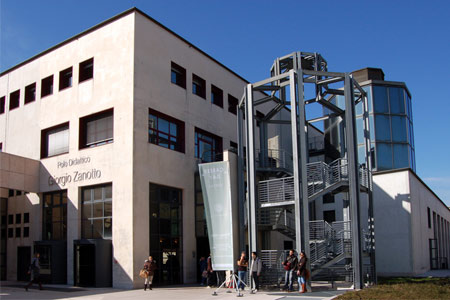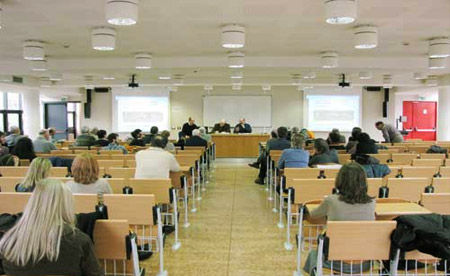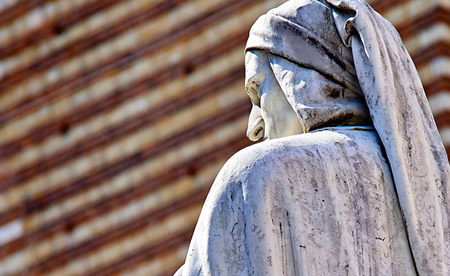- Authors:
-
Arcangeli, Alessandro
- Title:
-
Dance under trial: the moral debate 1200-1600
- Year:
-
1994
- Type of item:
-
Articolo in Rivista
- Tipologia ANVUR:
- Articolo su rivista
- Language:
-
Inglese
- Referee:
-
No
- Name of journal:
- DANCE RESEARCH
- ISSN of journal:
- 0264-2875
- N° Volume:
-
12
- Number or Folder:
-
2
- :
- Oxford University Press:Journals Department, Great Clarendon Street, Oxford OX2 6DP United Kingdom:011 44 1865 556767, EMAIL: jnlorders@oup.co.uk, INTERNET: http://www.oup.co.uk, Fax: 011 44 1865 267485
- Page numbers:
-
127-155
- Keyword:
-
dancing as sin; medieval Christian morals; Reformation; amusement; joy; tradition; ritual; human nature
- Short description of contents:
- In sixteenth- and early seventeenth-century Europe dance frequently emerged as the subject of vigorous debates, in which its nature and moral value were openly discussed. What kind of human activity was dance precisely? Was it suitable for everybody, and, particularly, for a conscientious Christian? The question of the moral status of dance was not a new one. From the thirteenth to the fifteenth century, the subject had often been touched on by scholars and by the church, particularly from the pulpit. It had already been discussed in classical and early Christian texts: almost every Church Father criticised the public performances of late antiquity which involved what they considered to be lascivious dances. Another aspect of their opposition was the fact that they found some dances included in pagan rites; it was, therefore, a commonplace to regard the battle against dancing as a part of the war against paganism.
In spite of such continuity, it was in the age of the Reformation and Counter Reformation that the issue acquired particular prominence. At the same time, Renaissance culture showed dance as one of the most important means for the courtier to learn correct comportment and behaviour.
Religious sources, both Protestant and Catholic, on the other
hand, displayed strong opposition to the practice of dance. The centuries preceding 1500 should also be considered, as they witnessed the establishment of a series of cultural stereotypes that would dominate the subsequent debate. The first half of the seven-
teenth century may be regarded as a turning point, after which performing traditions, and therefore the subject matter of the debate itself, were quite different. The tradition of the balletdecour and the Jesuit contribution to its practice became, after that date, a specific and prominent element of the discussion. The moral debates that continued from the eighteenth century onwards give the impression of outdated polemics.
Although some of the relevant texts are already known, and
highlighted by recent research, there is still the need for a general reconsideration of opposition to dance in western cultural history. The present article is meant as an experiment. Although the limits of its subject matter are the written (usually printed) sources from Western Europe, only a selection of texts could realistically be taken into account. The first part of this paper will present some of the general lines of the historical debate; the second part will offer a portrait of dance as it appears in the texts themselves.
- Product ID:
-
66782
- Handle IRIS:
-
11562/394138
- Deposited On:
-
March 29, 2012
- Last Modified:
-
November 1, 2022
- Bibliographic citation:
-
Arcangeli, Alessandro,
Dance under trial: the moral debate 1200-1600
«DANCE RESEARCH»
, vol.
12
, n.
2
,
1994
,
pp. 127-155
Consulta la scheda completa presente nel
repository istituzionale della Ricerca di Ateneo 








